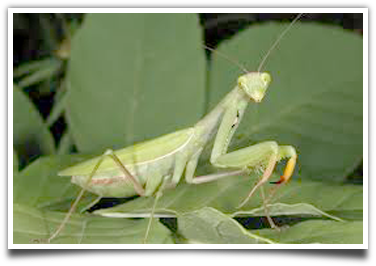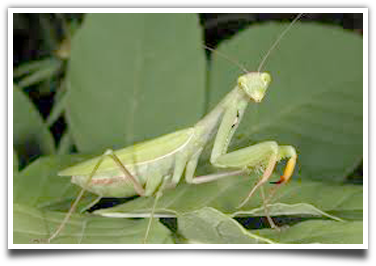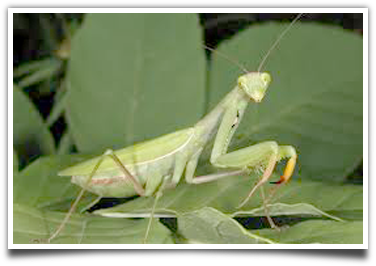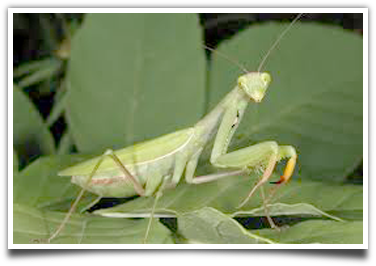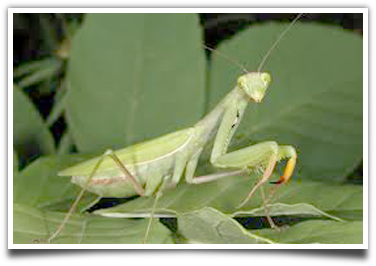Taking Care of Praying Mantis
There are actually quite a number of people who have praying mantises as their pets. Some of these people are insect collectors while some are actually just fascinated about these insects. But whether you are just doing the collecting for fun or you are doing this for research, it is important to know essential praying mantis facts especially on how to take care of them.
The first thing that you need to know when taking care of a praying mantis is its diet. In this aspect, you really won’t have a lot of difficulty since the praying mantis is a known predator. It will eat almost any type of insect possible as long as it will be able to take the insect down. Praying mantises do not eat leaves or crops so never feed them that.
The environment should also be suitable for the praying mantis to grow. When you already have the container for the mantis which is just the right size, you need to mimic the exterior environment into that container. Add leaves and a few small twigs that will fit inside so that the mantis can walk on them and feel happy. You will know that the container is too humid inside if it fogs. To remedy this, just add more holes to equalize internal and external humidity.
Praying Mantis Facts as a Pet A lot of people know that the praying mantis is just a simple insect living in the gardens or the farms. For gardeners, these insects are useful because they help get rid of insects that may eat the flowers and the leaves of their plants. The same rule also applies to farmers who use praying mantises for pest control. But based on praying mantis facts, some people actually have these insects as their pets. In order to have a praying More... Getting Rid of a Mantis If you want to get rid of a mantis, wear thick gloves then pick the insect up. Try picking the praying mantis up from behind to position the mouth and forelegs in front of your hands. This insect has sharp and strong front legs, and can give a painful bite. Mantises are not poisonous and deadly, but they can be hurtful through their bite and forelegs. Use thick gloves for minimizing this possibility. Put the mantis into a box and More... Pregnant Praying Mantis behavior While females are known for feeding on males at the time of reproduction, this only takes place from five to thirty-one percent of the time, often when the female mantis is hungry. The male mantis at the time of mating puts a capsule, which contains his sperm, into the reproductive tract of the female. The female mantis after mating starts swelling and then her abdomen is going to become extremely fat. Also, she will stop flying and eat much. She More... Evolution Many people ask about the praying mantis facts that cover its evolution. Because of the appearance of the praying mantis, people can find it hard to associate this insect with other species. The evolution stories about praying mantis are actually theories and scientists are still trying to dig for information through fossils and remnants of these insects that are buried underground. Although there are numerous theories that try to explain the evolution of the praying mantis, it is believed by More... Mating Process of Praying Mantises Have you ever wondered how praying mantes mate? Praying mantises are most popular for the females’ practice of eating their mates after breeding. Also, the praying mantis is known for its extraordinary upright position posture, in which it appears as if it’s praying. In general, the body of a praying mantis is composed of three sections, namely the head, the abdomen and the thorax. Another interesting fact is that the praying mantis is the one and only insect whose head More...
|
